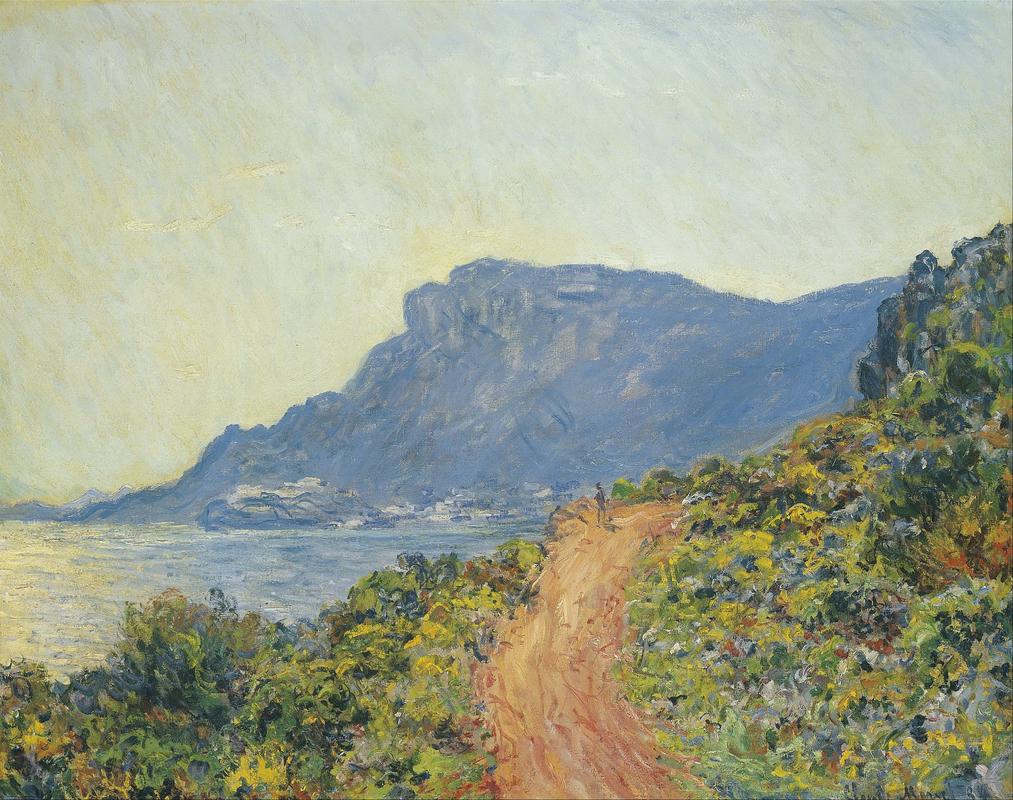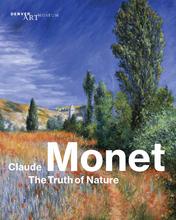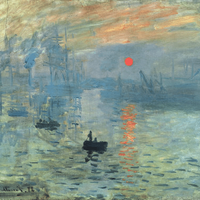More about La Corniche near Monaco
- All
- Info
- Shop

Contributor
La Corniche near Monaco was once a narrow mountain track, but nowadays it acts as the main road between Nice and Monaco.
Back in Monet’s time, this simple sleepy mountain road, absent of Lamborghinis and gawking tourists, made it a perfect landscape for Monet to do his thing. What is his “thing” you might ask? Well, if you don’t know by now Monet is seen as the Godfather of all modern and contemporary art because of his pioneering style of Impressionism. His use of light and color has continued to transfix the Western world more than a century later.
Monet’s works from the late 1870s to the early 1880s often look identical to one another and that was the artist’s intention. During this time period, Monet was intentionally aiming to represent the world as he saw with his own eyes. By relying on his own interpretation of the landscape which he sought to depict, Monet was applauded by his peers for his innate ability to grasp light. Cezanne admiringly stated, “Monet is only an eye, but my God what an eye!”
Alas, like many living artists, Monet was widely unpopular during his lifetime. One publication, The Chronicle of Arts and Curiosity wrote, "Although the works of Claude Monet and Cezanne raise laughter, really they should move one to tears; they show a deep ignorance of drawing, composition, and coloration. Children can make a better job of it, play with colour and paper.” How original: resort to comparing art that is innovative and controversial to the likes of a children’s painting. Monet may have suffered from lack of recognition like of many of his contemporaries, but today you can’t visit a Monet exhibit without hordes of people lining up just to take a selfie with a Monet masterpiece.
But with great misfortune comes a delightful surprise. La Corniche near Monaco was gifted by M.C. Baroness van Lynden-van Pallandt to the Rijksmuseum in 1900, back when Monet was still entirely unknown in Northern Europe. The Baroness must have not known what she had at the time because to give up a Monet only 16 years after its completion is simply not what you do. But the Rijksmuseum must have been delighted to have acquired such a masterpiece so early in the artist’s career. Hold onto this Monet for dear life Rijksmuseum, I’m warning you.
Sources
- Keller, Horst. The Great Book of French Impressionism. New York: Greenwich House, 1975.
- “Rijksstudio: dive into the collection.” Rijksmuseum website. Accessed January 5, 2019. https://www.rijksmuseum.nl/en/collection/SK-A-1892
- Sheridan, Patricia. “Nice Ride! Nothing comes to driving Corniche roads of the French Riviera.” Pittsburgh Post-Gazette, July 15, 2018. https://newsinteractive.post-gazette.com/distinction/2018/travel/nice-r…
- The Art Story Contributors. Claude Monet Overview. The Art Story website, 2019. Accessed January 5, 2019.https://www.theartstory.org/artist-monet-claude.htm.













